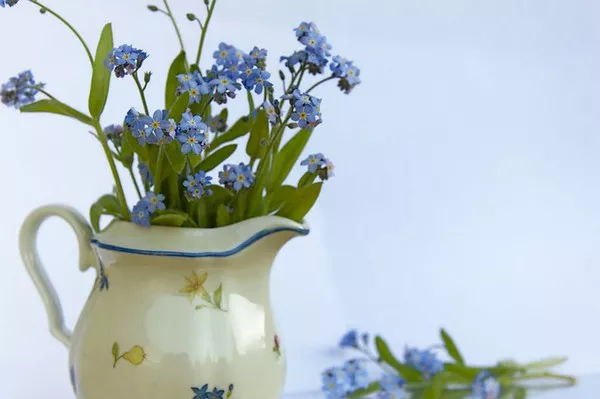The allure of a vibrant garden brimming with colorful blooms is an aspiration for many gardening enthusiasts. One way to achieve this natural splendor is by planting flowering bulbs. These underground storage organs contain the necessary nutrients and embryonic plants to produce stunning blossoms when given the right conditions. In this comprehensive guide, we will walk you through the step-by-step process of planting flowering bulbs to ensure a successful and visually appealing garden.
Selecting the Right Bulbs:
Before you begin the planting process, it’s crucial to choose the right bulbs for your garden. Consider factors such as bloom time, color, and size. Spring-blooming bulbs like tulips and daffodils are popular choices, providing a burst of color after the winter months. For summer blooms, lilies and gladioli are excellent options. Additionally, pay attention to the bulbs’ size and growth requirements, ensuring they are well-suited for your specific garden conditions.
Choosing the Planting Site:
The success of your flowering bulbs largely depends on the chosen planting site. Most bulbs thrive in well-drained soil with good sunlight exposure. Select a location with at least six hours of sunlight per day, as this promotes robust growth and vibrant blooms. It’s also essential to ensure proper drainage to prevent waterlogged soil, which can lead to bulb rot. Avoid areas with heavy clay soil, as it retains water and may cause bulbs to decay.
Preparing the Soil:
Once you’ve chosen the ideal planting site, it’s time to prepare the soil. Start by removing any weeds or debris from the area to give your bulbs a clean, nutrient-rich environment. Amend the soil with organic matter, such as compost or well-rotted manure, to improve fertility and drainage. A pH test can help determine if your soil is within the optimal range for your chosen bulbs. Adjust the pH as needed, aiming for a slightly acidic to neutral soil environment.
Planting Depth and Spacing:
Proper planting depth is crucial for the success of your flowering bulbs. As a general rule of thumb, plant bulbs at a depth that is two to three times their diameter. Larger bulbs like tulips and daffodils should be planted deeper, while smaller bulbs like crocuses can be planted shallower. When it comes to spacing, provide enough room between bulbs to allow for proper airflow and prevent overcrowding. This not only enhances the aesthetic appeal but also reduces the risk of diseases.
Planting Techniques:
There are various techniques for planting flowering bulbs, depending on the type of bulb and your garden design. For a naturalized look, consider scattering bulbs randomly and planting them where they fall. This mimics the appearance of bulbs spreading naturally in a meadow. Alternatively, for a more formal arrangement, plant bulbs in well-defined clusters or rows. Ensure that each bulb is positioned with the pointed end facing upward, as this is where the shoot will emerge.
Mulching and Watering:
Applying a layer of mulch over the planted area serves multiple purposes. Mulch helps retain soil moisture, suppress weeds, and regulate soil temperature. Use a layer of organic mulch, such as straw or bark, to a depth of 2-3 inches. Watering is critical during the establishment phase, especially in the absence of rainfall. Keep the soil consistently moist but not waterlogged. Once the bulbs have established roots and shoots, reduce watering frequency, allowing the soil to dry out between watering sessions.
Post-Blooming Care:
After the flowering period, resist the urge to remove the foliage immediately. The leaves are essential for the bulb’s energy production through photosynthesis, which helps fuel the development of next year’s blooms. Allow the foliage to wither naturally before removing it. If aesthetics are a concern, plant the bulbs among other perennials or shrubs that can provide foliage cover as the bulbs enter their dormant phase.
Conclusion:
Planting flowering bulbs is a rewarding endeavor that adds a burst of color and beauty to any garden. By carefully selecting bulbs, choosing an appropriate planting site, preparing the soil, and following proper planting techniques, you can create a stunning display that will delight and inspire for seasons to come. With a little care and attention, your garden can be transformed into a blooming paradise, showcasing the wonders of nature and your green thumb expertise.


